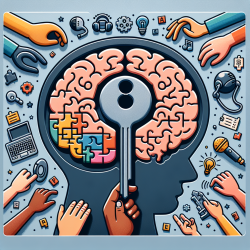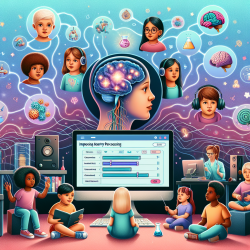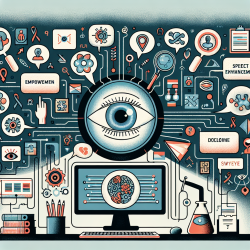As a Special Education Director, one of our core missions is to continuously seek out and implement research-based strategies that can enhance the educational and therapeutic outcomes for our students, especially those facing challenges with language disorders such as developmental dysphasia. The insights gleaned from the comprehensive study, Developmental Dysphasia, provide a rich source of knowledge and strategies that can significantly impact our approach to supporting students with language disorders.
Developmental dysphasia, characterized by difficulties in acquiring normal language functions despite adequate intelligence and hearing capabilities, poses unique challenges in educational settings. The multidisciplinary research presented in Developmental Dysphasia offers a window into understanding the complexities of this disorder and presents evidence-based strategies for effective intervention.
Here are key takeaways from the research that can enhance our therapeutic practices:
- Early Identification and Intervention: The research underscores the importance of early diagnosis and the implementation of targeted interventions. Early identification allows for the utilization of critical developmental windows where therapy can have the most significant impact.
- Multi-disciplinary Approach: Successful management of developmental dysphasia requires a collaborative approach involving speech therapists, educators, neurologists, and psychologists. This team approach ensures a comprehensive understanding of the child's needs and the development of a holistic intervention plan.
- Parental Involvement: Engaging parents in the therapeutic process is crucial. The research highlights the effectiveness of involving parents in therapy sessions, providing them with strategies to support language development at home, and creating a supportive language-learning environment.
- Customized Therapy Plans: Each child with developmental dysphasia presents a unique set of challenges. The research advocates for the development of individualized therapy plans that cater to the specific needs of each child, emphasizing the use of strengths to address weaknesses.
- Use of Technology: Incorporating technology in therapy sessions, such as online therapy services provided by companies like TinyEYE, can offer innovative ways to engage students and enhance language learning.
Implementing these strategies requires a commitment to ongoing professional development and a willingness to embrace innovative approaches. As educators and therapists, we must remain dedicated to learning and applying research-based practices to support our students effectively.
For those interested in delving deeper into the research and expanding their understanding of developmental dysphasia, I highly recommend exploring the original research paper. It offers a comprehensive analysis and practical recommendations that can transform our therapeutic practices. To read the original research paper, please follow this link: Developmental Dysphasia.










